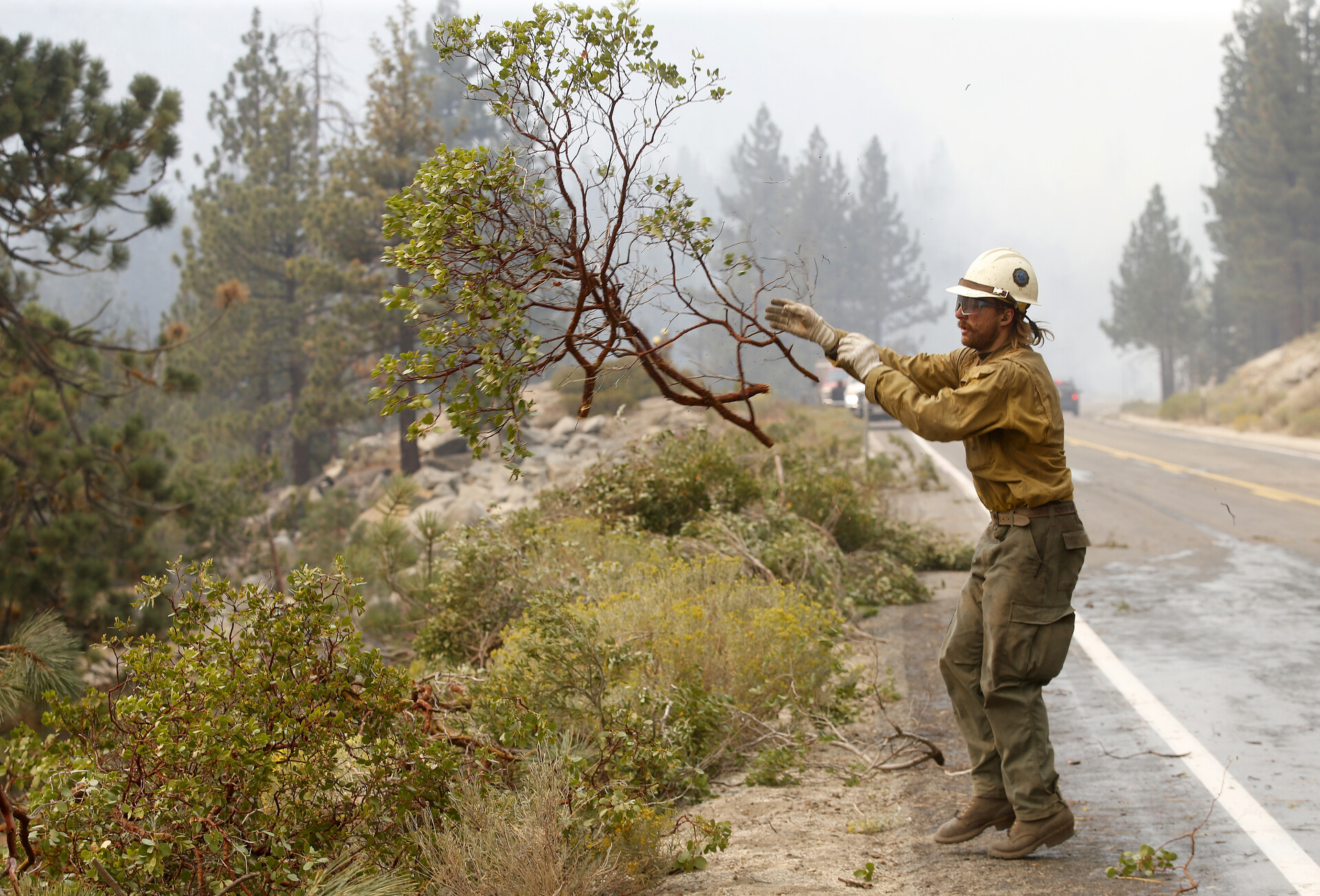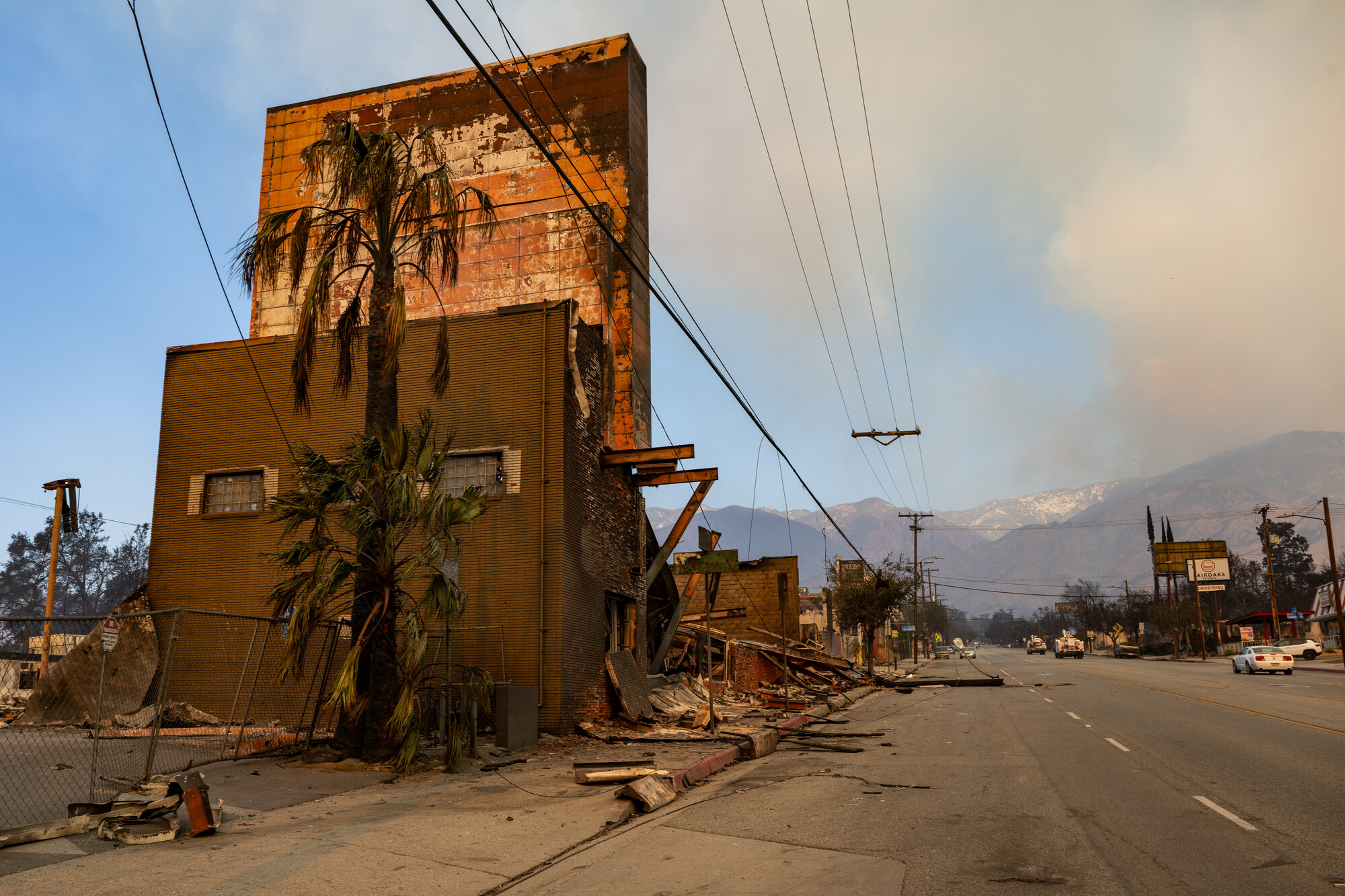Having fewer staff generally pushes agencies towards full suppression, and away from strategies like managed fire.
Craig Thomas, of the Fire Restoration Group, a nonprofit seeking to return fire to its pre-settlement ecological role, found plenty to like about the letter but was disappointed by its primary focus on suppression.
“That’s only half the story,” Thomas said. “We need to fight it, sure, but we need to put the same intensity into lighting it.”
Shultz is allowing for prescribed fires, but only through a very conservative approach. Many fire experts, including Thomas, Skaggs and Pyne, would like to see it be more lenient and science-based.
They see some current attitudes towards fire as being so overly cautious that it’s ultimately dangerous. It’s focusing on fire as an emergency instead of a force to live with. It’s like spending lots of money on emergency healthcare but not giving people vaccinations.
Kelly Martin, a retired chief of fire and aviation at Yosemite National Park, said with shifting political winds, she expected the agency to take a very aggressive suppression stance this summer. “We know that the use of good fire on the landscape and the use of [managed] wildfire … is now taking a backseat to the suppression intent this summer.”
But, she added, this shows a failure to learn from past mistakes.
“I think it sets us up for what basically becomes an untenable, unworkable situation this year because this is the same strategy that we’ve had for many, many decades,” Martin said.
“Wildfires just keep getting bigger and bigger and more dangerous.”
Good times at the U.S. Forest Service are gone. What happened?
The Forest Service was once seen as a gold-standard model government agency. Of course, it was relatively easy to be successful when it had fewer mandates than today and they were easier to achieve. There were more big trees to log for timber sales. Fires were easier to put out when the legacy of suppression, logging and human-caused climate change from burning gas and oil hadn’t yet caught up with America’s forests.
But that changed after 1960, when Congress told the agency to try to balance interests that inherently compete: recreation, logging, grazing, mining, wildlife, watersheds and wilderness protection.
“And so, it was basically torn apart. Criticized on all counts. There was no way it could succeed,” Pyne said.
 A U.S. Forest Service forestry technician removes vegetation during a controlled burn along Highway 89 in the Christmas Valley area near South Lake Tahoe in September 2021. (Jane Tyska/Digital First Media/East Bay Times via Getty Images)
A U.S. Forest Service forestry technician removes vegetation during a controlled burn along Highway 89 in the Christmas Valley area near South Lake Tahoe in September 2021. (Jane Tyska/Digital First Media/East Bay Times via Getty Images)
After being hailed as a model agency, the Forest Service is increasingly pointed to as dysfunctional, balancing contradictory mandates and lacking a clear way to make decisions. There are those who think what’s needed for the USFS to right the ship is simply a return to the days of the 10 a.m. rule and a robust timber harvest. But neither are considered desirable or realistic by most experts.
While a mild fire removes duff, brush and small burnable fuels, it leaves large tree trunks. Logging removes the large stuff and leaves the small.
“Logging is not a solution to fire,” Pyne said. “Logging and fire do opposite things.”
Yet, President Trump has conflated declining timber sales with increased fire risk. In March, he issued an executive order requesting the expansion of timber harvests, and the agency responded in May with an outline of how it will try to meet the order’s demands.
Fires that burn forests and fires that burn cities are different
If wildfires during the past decade have been bad, fires that have destroyed towns and neighborhoods have been even worse.
Pyne said this has led to a fresh demonization of fire, particularly in the wake of the L.A. Fires. He sees the public confusing urban conflagrations that burn blocks of houses with wildland fires that burn in undeveloped lands.
 Buildings are destroyed along Fair Oaks Avenue in Altadena, California, after the Eaton Fire swept through the area northeast of Los Angeles, California, on Jan. 9, 2025. (Beth LaBerge/KQED)
Buildings are destroyed along Fair Oaks Avenue in Altadena, California, after the Eaton Fire swept through the area northeast of Los Angeles, California, on Jan. 9, 2025. (Beth LaBerge/KQED)
“It’s a confusion that advances certain partisan interests,” Pyne said. “You get people alarmed. ‘We’re in the midst of an emergency! Our cities, Los Angeles, for heaven’s sake, are burning up. We’ve got to get rid of all the checks and balances. We’re going to clear out all the fuel that’s a threat.’”
This can lead to a bait-and-switch misdirection, especially by people who yearn for increased timber sales. However, Pyne said, “the primary way to protect these communities is to harden them.”
Pyne said if he were writing the chief’s letter, he would make it clear that we have an urban fire problem that needs to be addressed by urban fire services.
Not addressing this difference opens up the agency to even more criticism, especially if other towns burn this season.
“As the fire seasons have gotten more intense and everything connected with federal agencies has gotten more political and polarized, they’ve had to try to anticipate and clarify what they can do, hope to do, and to assuage a lot of different conflicting groups,” Pyne said. Many of these groups — whether politicians, business interests or conservationists — don’t want to compromise over their goals.
“And the agency is expected to somehow achieve that.”


















